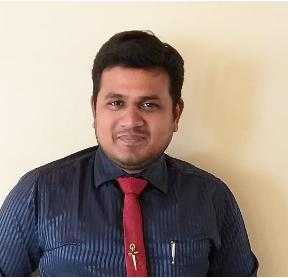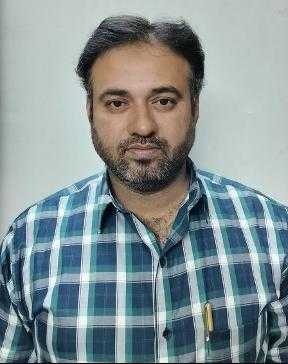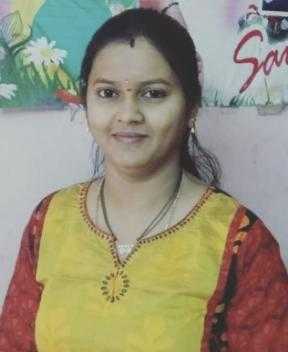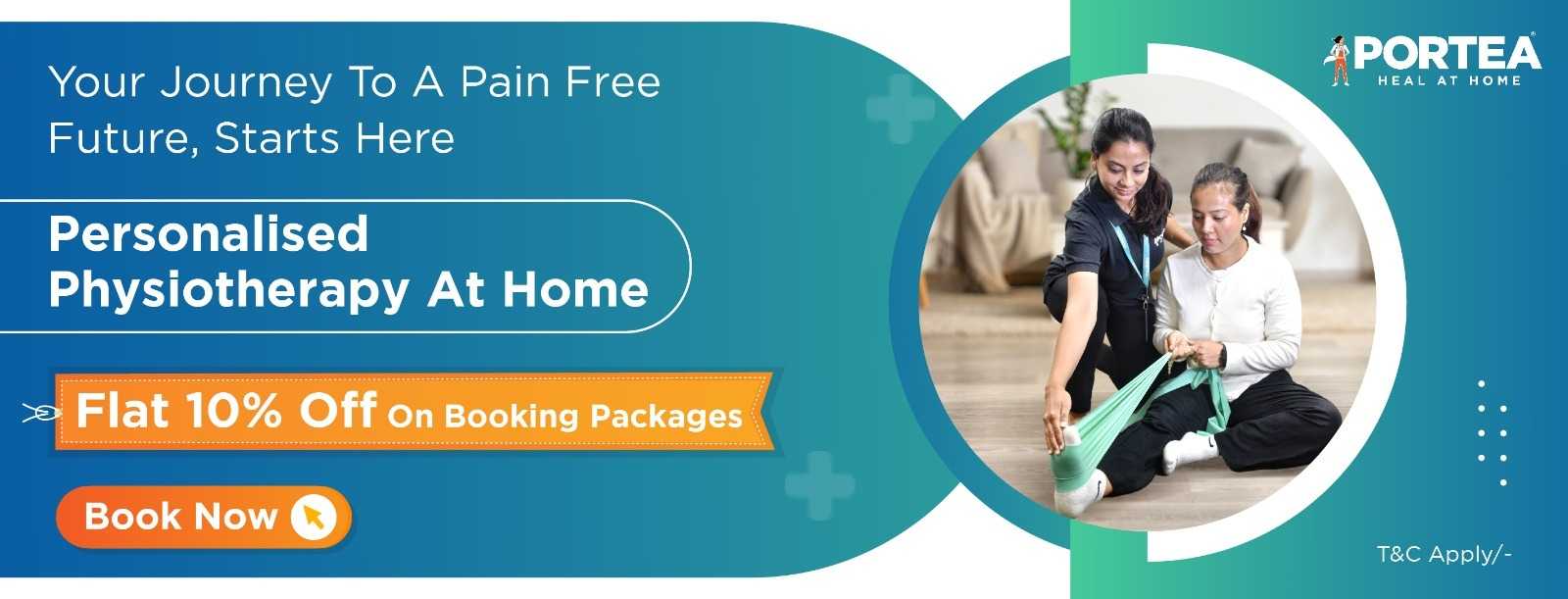Expert Physiotherapy at Home
Certified physiotherapists visit you at home to provide focused, one-on-one care tailored to your needs. With no travel or waiting rooms, recovery happens in a setting that is comfortable, familiar, and built around your convenience.
Personalised Recovery Programmes
Every treatment plan is designed to suit your condition, goals, and pace. Our physiotherapists follow structured, evolving protocols to ensure consistent progress, with each session aligned to deliver meaningful results.
Trusted Physiotherapists. Real Results.
Our team comprises experienced, background-verified physiotherapists trusted by thousands of families. With a strong focus on safety, reliability, and clinical outcomes, we make recovery at home both effective and reassuring
Patient Testimonials
Portea Physiotherapists for Home Visits
Meet some of our experienced and dedicated healthcare professionals

Dr. Lokesh G
Physiotherapist
Specializations
Experienced in Neurological rehabilitation, Orthopaedic physiotherapy, and Paediatric care
Delivers structured, high-impact treatment plans across neuro, ortho, and paediatrics—ensuring safety, comfort, and measurable recovery at every stage.

Dr. Mohammed Sarwar
Physiotherapist
Specializations
Experienced in Neurological rehabilitation, Adult physiotherapy, and Paediatric care
Combines deep clinical expertise with a compassionate approach, supporting both adults and children through neuro and physical rehabilitation that promotes long-term independence and recovery.

Dr. Nelapati Divya
Physiotherapist
Specializations
Skilled in Orthopaedic rehabilitation, Manual therapy techniques, and Paediatric physiotherapy
Brings a personalised, hands-on approach to healing—combining structural expertise with paediatric sensitivity to restore movement, relieve pain, and improve everyday function.

Dr. Naveen V
Physiotherapist
Specializations
Trained in Pain management, Cardiac and Orthopaedic rehabilitation, Neurological care, and Neural tissue mobilisation
Brings clinical precision and empathy together—designing science-backed recovery protocols for pain relief, nerve mobilisation, and cardio-neuro-ortho rehabilitation across all age groups

Dr. Miloni Savla
Physiotherapist
Specializations
Holds an MPT in Orthopaedics with a focus on Musculoskeletal rehabilitation and strength recovery
Delivers focused, movement-oriented therapy grounded in orthopaedic science—helping patients rebuild strength, restore function, and return to daily life with confidence
Other Cities
Physiotherapy Treatments

other symptoms include:
- Feeling tired to a degree that normal activities are affected,
- Sleep problems, and troubles with memory,
- Restless legs syndrome,
- Bowel or bladder problems,
- Numbness and tingling, and
- Sensitivity to noise, lights or temperature
- Abdominal pain
- Chronic headaches
- Dryness in mouth, nose, and eyes
Fibromyalgia is frequently associated with depression, anxiety, and post-traumatic stress disorder. Other types of chronic pain are also frequently present. Sometimes, the signs of fibromyalgia bear close resemblance to osteoarthritis, bursitis, and tendinitis. At times, you may also experience general muscular discomfort accompanied by twitching, burning or a deep stabbing pain. In general, the pain and stiffness associated with fibromyalgia are of a widespread nature compared to bursitis or tendinitis that tend to be more localized in nature. Another often reported symptom is the sensation of the muscles being over worked or pulled even without exercise or a slight exertion by the person affected by the condition.
The cause of fibromyalgia is unknown but is believed to involve a combination of genetic and environmental factors with half the risk attributed to each. That is to say that this condition could run in families and many genes could be involved.
Environmental factors may include psychological stress, trauma, and certain infections.
The pain appears to result from processes in the central nervous system and the condition is referred to as a “central sensitization syndrome”
With many other medically unexplained syndromes, there is no universally accepted treatment or cure for fibromyalgia, and treatment typically consists of symptom management.
Developments in the understanding of the pathophysiology of the disorder have led to improvements in treatment, which include prescription medication, behavioural intervention, and exercise.
Indeed, integrated treatment plans that incorporate medication, patient education, aerobic exercise and cognitive behavioral therapy have been shown to be effective in alleviating pain and other fibromyalgia-related symptoms.
Fibromyalgia is often misunderstood and misdiagnosed. Sometimes it really becomes difficult to understand what treatment should people take.
A treatment program may include a combination of medications, exercises — both strengthening and aerobic conditioning, relaxing and behavioral techniques.
what does a physiotherapist do for fibromyalgia?
The physical therapist may use different types of tools with fibromyalgia, which help in reducing symptoms. These include
- Deep tissue massage
- Low-impact aerobic conditioning (water aerobics)/hydrotherapy
- Pain relief exercise
- Stretching and strengthening exercises
- TENS units (transcutaneous electrical nerve stimulation)
- Ultrasound
people with fibromyalgia should know that exercise can help
Exercise is one of the most effective treatments for fibromyalgia. It benefits all of the symptoms of fibromyalgia, including pain, fatigue, and sleep problems.
Exercise can help maintain bone mass, improve balance, reduce stress, and increase strength. Getting regular exercise can also help control your weight, which is important to reducing the pain of fibromyalgia.
Moving your body may be the last thing you feel like doing, but you have to believe that it really does help. It’s hard at first, but it does get easier.
start slowly
Whether you’re used to running marathons or you’ve never exercised, the key is to start with something small and gradually increase your activity level. Many of those with fibromyalgia need to start very slowly.
For people who aren’t used to exercising, physiotherapists focus on getting them to be more active and refrain from categorizing it asexercise.
listen to your body
If you were very active before fibromyalgia, you may need to learn a different approach to exercise now. Many people try to do too much too soon and then feel frustrated when their symptoms flare up.
For those who were used to being athletic, the physiotherapist often needs to teach them to listen to their body and learn to take it more slowly than they may be used to. Eventually, you will learn what level of exercise is good for you and how much is too much.
do something every day
To get the maximum benefits from exercise, you really need to do it on a daily or almost daily basis. So for many people, the best options may be walking or using exercise equipment, since these are activities that are easily accessible most days of the year.
Exercising in a warm pool is another good way to start being active. Warm water has a soothing effect on muscles and joints and may make exercise less painful. Even if you start in a pool, it’s still a good idea to work towards a ground-based workout.
Cycling, running, yoga, strength training, and low-impact exercise classes are just a few other ways to get exercise and help ease the symptoms of fibromyalgia. The most important thing is to find some kind of exercise you enjoy doing.
modify your workout
Whether you’re walking or participating in an exercise class, these exercise tips can help prevent injury or pain:
- Exercise at the time of day that feels best. For many people with fibromyalgia, this is between 10 a.m. and 3 p.m. But your best time may be different.
- Stretch. This can help warm up muscles and minimize pain after exercise. You can stretch while lying down, standing, or sitting in a chair. Some people may find it helpful to stretch in a warm bath or shower.
- Take small steps. When walking, try not to swing your arms too much or take big steps. Walk on flat, even surfaces to reduce your risk of falling.
- Ease into strength training. For strengthening exercises, consider using elastic bands instead of weights and start with a single set of repetitions.
- Pace yourself. When doing stretching or strengthening exercises, alternate sides often and take a short rest between repetitions.
- Take breaks. Again, listen to your body. Don’t be afraid to go as slowly as you need to.
- Pamper yourself afterward. When you’re finished exercising, take a hot shower or bath.
be patient
Although exercise can improve the symptoms of fibromyalgia, the effects are not always immediate. Exercise is really the best long-term treatment for the pain and fatigue of fibromyalgia. But it can take up to six months before you notice a change in your symptoms.
You definitely need to be patient and work slowly. It may seem like it’s taking forever to reach your goals. But as you gradually increase your movement, you will feel better and notice a decrease in your symptoms. Exercise is the best thing to begin on your journey to wellness.
Want to know more about fibromyalgia? Download Portea’s mobile app and chat with our renowned health specialists for free, and get the best answers for all your health related queries.
Doctor Consultation
Nursing
Physiotherapy
Trained Attendant
Elder Care
Mother & Baby Care
Lab Tests
Medical Equipment
Speciality Pharma
Critical Care




